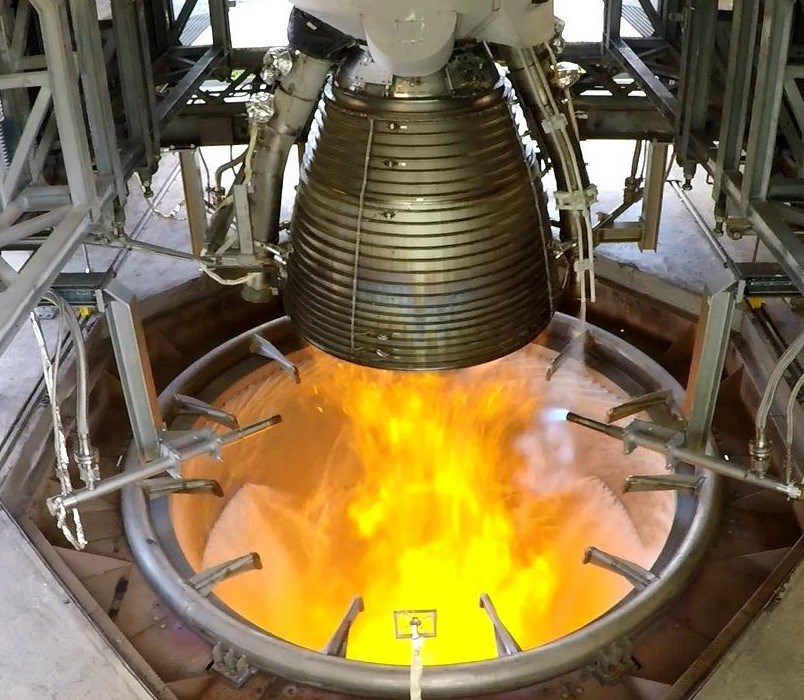New knowledge could enable more efficient production of hydrogen-powered space rockets
28 Nov 2022
Using powder bed-based additive manufacturing (AM) to build hydrogen-powered space rocket components could save a great deal of material, time and money. In the H2RAM* research project, due to start at the end of the year, University West researchers and GKN Aerospace plan to develop AM technology to enable manufacturing of Alloy 718 components that withstand extreme stress in harsh hydrogen environments.

In the future, powder bed-based AM could enable more efficient production of hydrogen-powered space rocket engine components. Photo by ArianeGroup.
Hydrogen is a commonly used space rocket fuel. It is also a well-known fact that metals exposed to hydrogen risk becoming brittle, a phenomenon that needs to be considered when designing and sizing rocket engines. The nickel-based superalloy Alloy 718 is widely used in conventional rocket engine component manufacturing. The alloy’s sensitivity to hydrogen embrittlement has been managed with great success when sizing existing hydrogen-powered rocket engines.
“However, in recent years, the manufacturing industry’s interest in additive manufacturing using metals has increased dramatically. This technique, which involves melting metals a layer at a time into a finished near net shape component, has seen major improvements,” explains Robert Pederson, Professor in Materials Engineering, University West.
“AM techniques enable you to manufacture components using less material, at a lower cost and with greater functionality than conventional manufacturing methods offer.”
Competitive alternative
Since rocket engine components are generally manufactured in relatively small numbers and often have complex geometries, powder bed-based AM is a competitive alternative to today’s conventional manufacturing techniques. The manufacturer can cut development time, quickly implement design modifications and reduce the number of constituent components by incorporating several functions in a single component.
“In this new project, we plan to develop more knowledge about the phenomenon of hydrogen embrittlement so that we can use Alloy 718 in powder bed-based AM for components exposed to hydrogen. In particular, in hydrogen environments involving the high pressures to which rocket engine components can be exposed.”
“If we succeed, we will be able to manufacture hydrogen-powered space rocket components much more efficiently.”
Collaboration with GKN Aerospace
The Swedish National Space Agency is financing H2RAM, a four-year research project in which University West is collaborating with the space rocket component manufacturer GKN Aerospace.
University West has spent several years accumulating metallurgy expertise on the use of Alloy 718 in powder bed-based AM. The university also has expertise in the effects of hydrogen on the mechanical properties of conventionally manufactured metal components.
“The results of this project will improve GKN’s ability to manufacture rocket engine components using powder bed-based AM. Since hydrogen is also a strong candidate for supplementing and replacing the fossil fuels currently used in the aviation and transport sectors, we also expect H2RAM to help increase Swedish expertise in this important field of sustainability.”
*H2RAM is an acronym for H2 embrittlement of Rocket engine components made using an AM powder bed.
Contact: Robert Pederson, Professor in Materials Engineering


